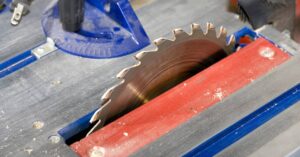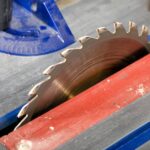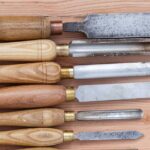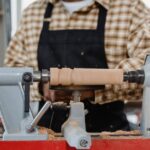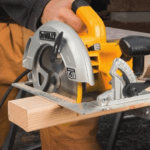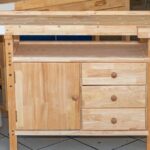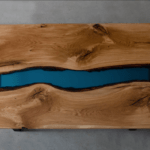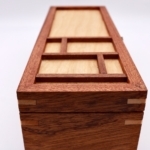I purchased the Dremel Router Table from Amazon, hoping that it would be enough and that I could save some money by not buying a dedicated router table. After reading the manual and testing it out, I actually never really used it much.
Most of the work I do involves very small pieces of wood, for which I need to sand and shape them by hand. Using a router table of any kind is a bad idea when even 0.5mm makes a huge difference.
When I purchased the Dremel 3,000 it came with two router bits, but I purchased more. Of course most of them remain unused until today.
So today I decided to make my pine storage boxes look a little bit better with the router table. I used the rounding bit to create rounded edges. Perhaps there are other rounding bits but there was only one in my Dremel bag so I made the best of it.
The Dremel Router Table is just a simple accessory. Better woodworkers than me could probably build a router table themselves in a day. Unfortunately, I have no such skills.
You basically insert your Dremel pointing upwards, and secure it using the wrench provided. The, you can adjust the position of your Dremel up or down using the mechanical dial and spring. Finally, you can tighten everything before you start.
I found that there is a lot of setup involved for each and every bit or work you want to do. you have to adjust the height and the fence to allow the router bits to only take off the part of the workpiece you want to remove. This requires a few tries, and a few test with sacrificial pieces of pine wood.
When you get everything right however, it just works. I was able to round off all the edges of the eight storage boxes I made pretty easily. I did several passes each time, moving the workpiece from right to left. I was careful not to apply too much force.
The first pass took off most of the stuff, and the second pass cleaned it up. The third pass I repeated slowly just to make sure I rounded off everything evenly, since my pine wood was a little warped to begin with.
After routing, I did sand off the edges further using 220 grit sandpaper. The results were pretty satisfactory.
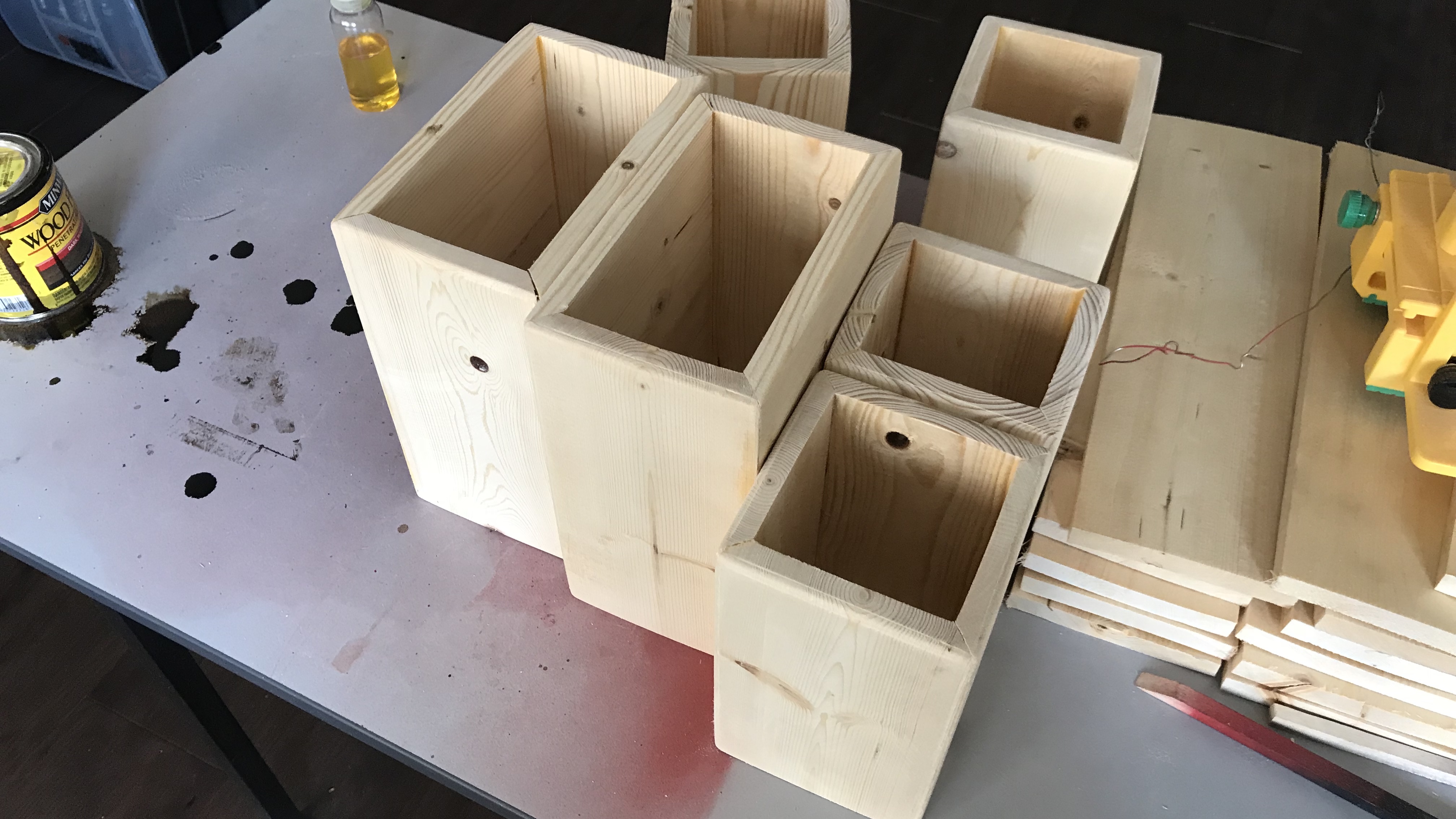
The warped wood did cause some inconsistency, but I had no choice. I’m pretty sure tha if the wood was straight and even, I would have gotten a much better result.
Overall, I enjoyed using the Dremel Router Table.
My only gripe is the lack of “professional” bit like a flush router bit. Because the Dremel uses a 1/8 inch shank, standard router bits that use a 1/4 shank would not fit. I have been searching for some kind of “adapter” but haven not found any.
Dremel themselves do have a few decent router bits. Third-party bits are pretty ok too, and the prices are often cheaper. I think the Dremel Router Table would be perfect for soft wood and small projects, especially for someone like me.
Would I need to upgrade to a “real” router setup in the future? Who knows…

